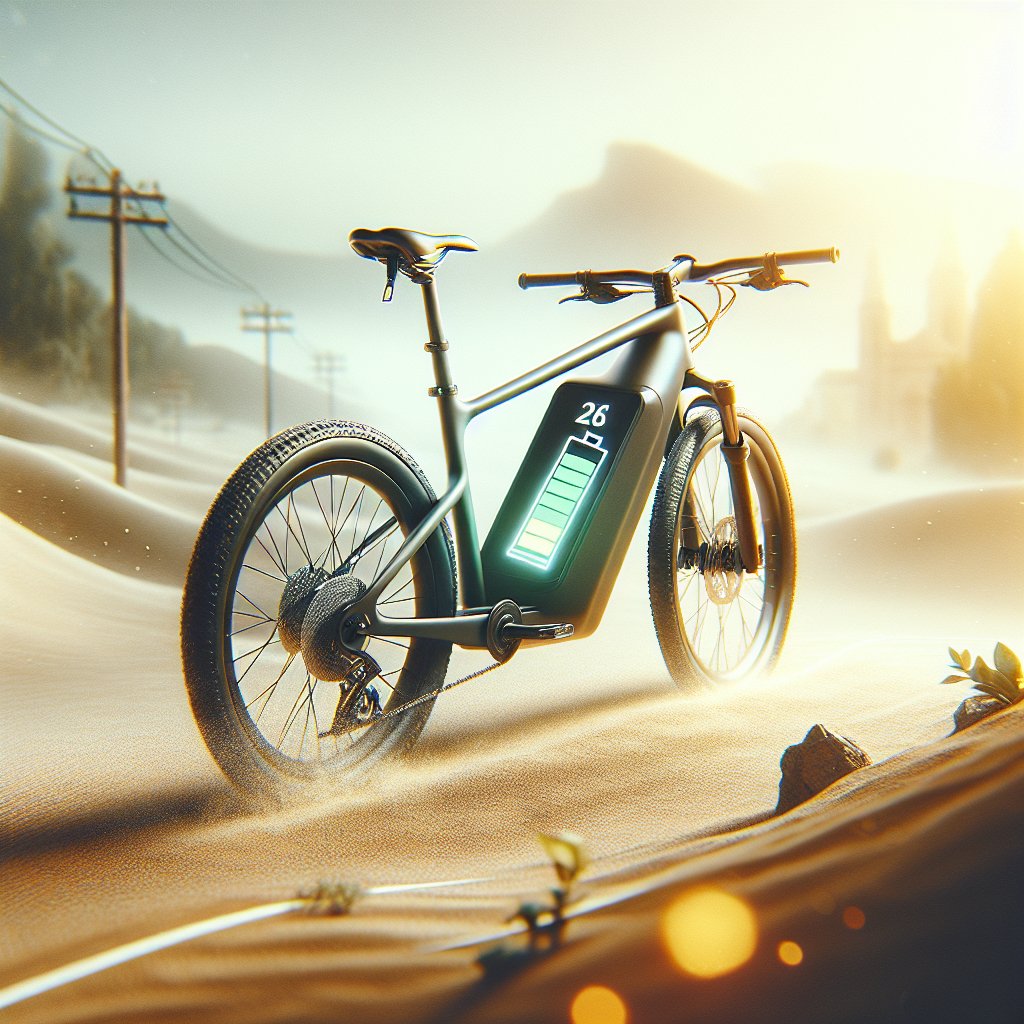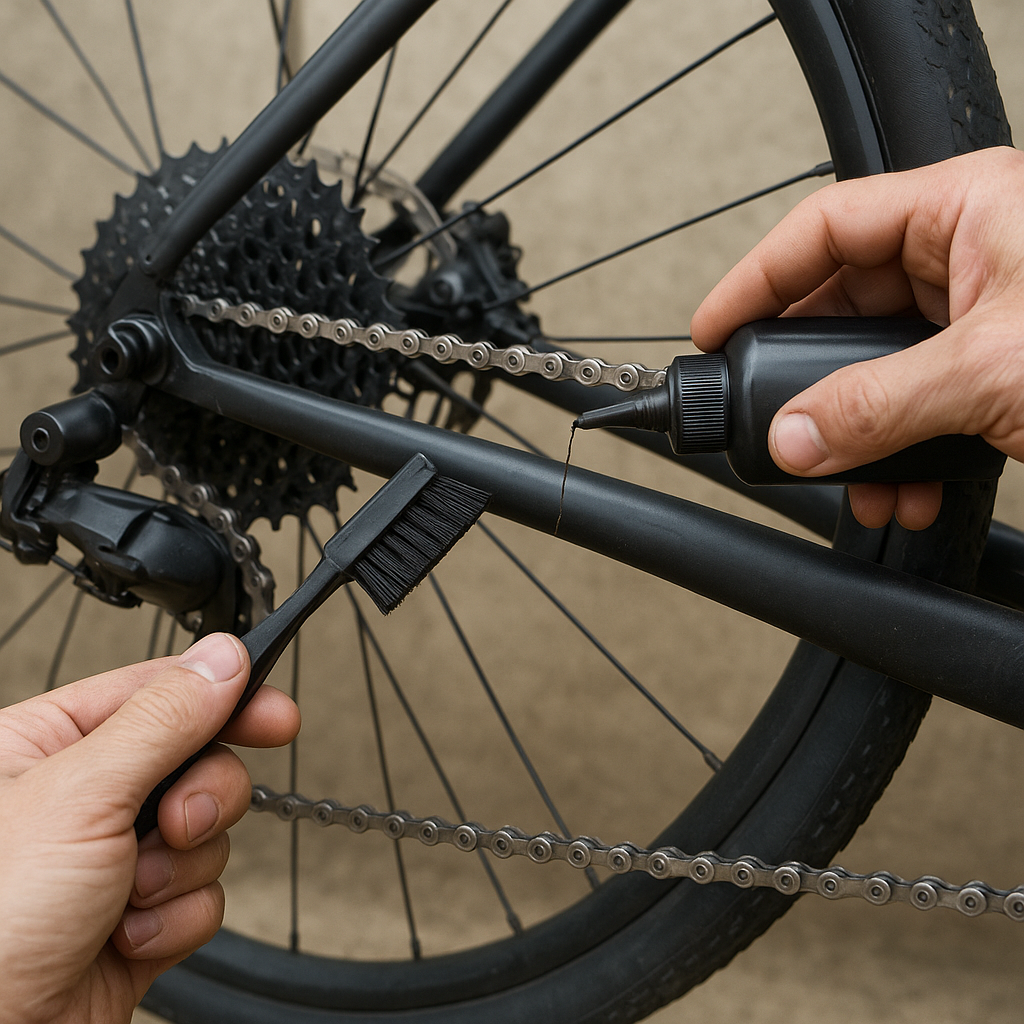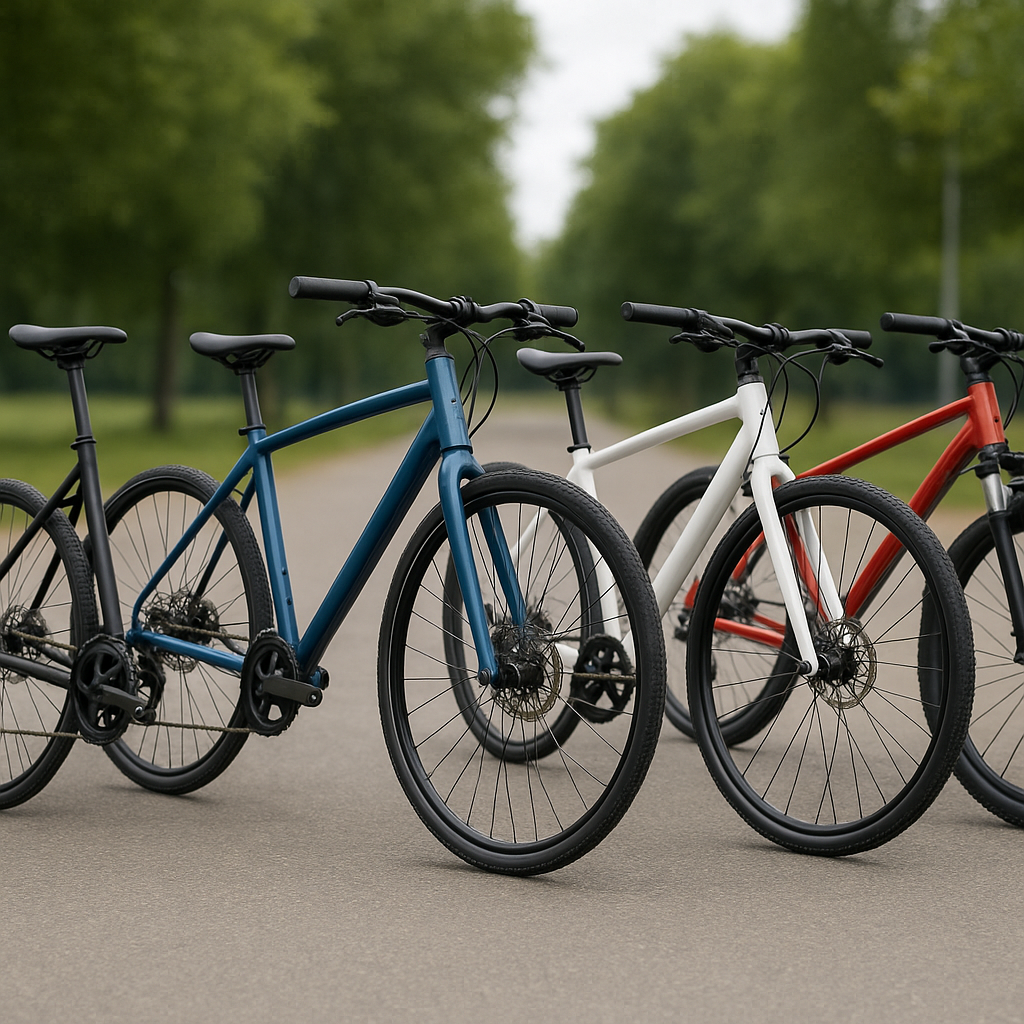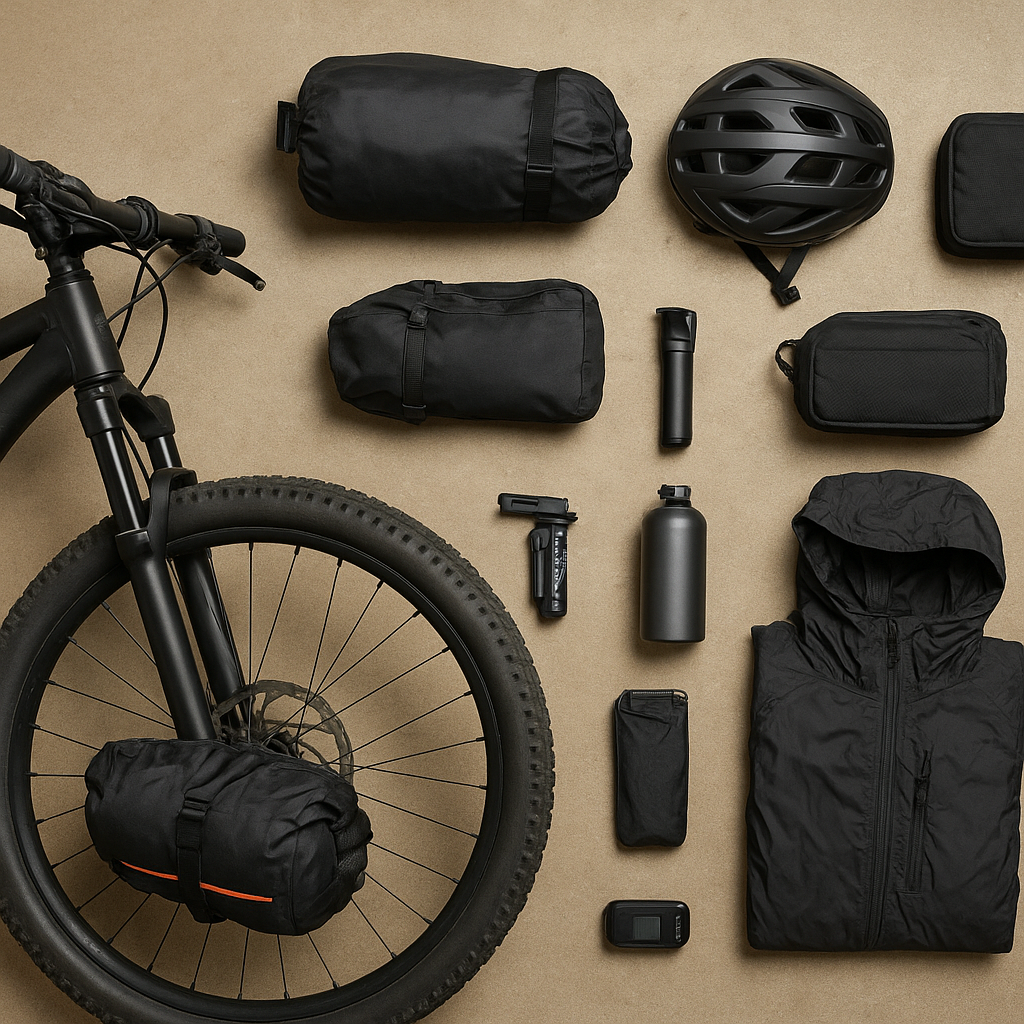Electric bikes, commonly known as e-bikes, have revolutionized the way we think about cycling, offering a blend of traditional pedaling and motorized assistance. One of the most critical aspects of e-bikes that potential buyers and current users often ponder is the battery life and range. How far can you really go on an e-bike? This article delves into the factors that influence battery life and range, providing a comprehensive understanding of what to expect from your e-bike.
Understanding E-Bike Batteries
The heart of any e-bike is its battery. The battery not only powers the motor but also determines how far you can travel on a single charge. E-bike batteries are typically lithium-ion, known for their high energy density, long life, and relatively low weight. However, several factors can influence the performance and longevity of these batteries.
Battery Capacity
Battery capacity is measured in watt-hours (Wh), which indicates the amount of energy the battery can store. A higher watt-hour rating generally means a longer range. For instance, a 500Wh battery will typically offer more range than a 300Wh battery, assuming all other factors are equal. However, it’s essential to note that the actual range can vary based on several conditions.
Voltage and Amp Hours
Two other critical specifications are voltage (V) and amp hours (Ah). Voltage determines the power output, while amp hours indicate the battery’s capacity. Multiplying these two values gives you the watt-hour rating (V x Ah = Wh). For example, a 36V battery with 14Ah capacity will have a total of 504Wh.
Factors Affecting Battery Life and Range
While the battery’s specifications provide a baseline, several external factors can significantly impact the actual range you can achieve on an e-bike.
Riding Conditions
The terrain you ride on plays a crucial role in determining battery life. Riding on flat surfaces requires less power compared to hilly or mountainous terrains. Similarly, off-road trails with rough surfaces can drain the battery faster than smooth, paved roads.
Rider Weight
The weight of the rider and any additional cargo can also affect the range. Heavier loads require more power to move, thereby reducing the distance you can travel on a single charge. Manufacturers often provide range estimates based on an average rider weight, so it’s essential to consider this when evaluating your e-bike’s performance.
Pedal Assist Levels
E-bikes come with different levels of pedal assist, ranging from low to high. Higher assist levels provide more power but consume the battery faster. Conversely, using lower assist levels can extend your range but may require more effort from the rider.
Weather Conditions
Extreme temperatures, both hot and cold, can affect battery performance. Cold weather can reduce the battery’s efficiency, leading to a shorter range. On the other hand, extremely hot conditions can cause the battery to overheat, potentially damaging it and reducing its lifespan.
Speed
Higher speeds require more power, which can drain the battery faster. Maintaining a moderate speed can help extend your e-bike’s range. Many e-bikes come with speed limiters to help manage battery consumption effectively.
Maximizing Your E-Bike’s Range
Understanding the factors that affect battery life and range is crucial, but there are also several strategies you can employ to maximize your e-bike’s performance.
Efficient Riding Techniques
Adopting efficient riding techniques can significantly extend your e-bike’s range. For instance, using the appropriate gear and pedal assist level for the terrain can help conserve battery power. Additionally, coasting downhill and minimizing stops and starts can also contribute to better battery efficiency.
Regular Maintenance
Keeping your e-bike in good condition is essential for optimal performance. Regularly check the tire pressure, as under-inflated tires can increase rolling resistance and drain the battery faster. Ensure that the drivetrain is clean and well-lubricated to reduce friction and improve efficiency.
Battery Care
Proper battery care can extend its lifespan and maintain its performance. Avoid exposing the battery to extreme temperatures and store it in a cool, dry place when not in use. Regularly charge the battery, even if you haven’t used the e-bike for a while, to prevent it from discharging completely.
Planning Your Route
Planning your route can help you manage your e-bike’s battery life more effectively. Opt for routes with fewer hills and smoother surfaces to conserve power. Additionally, knowing the location of charging stations along your route can provide peace of mind and ensure you don’t run out of battery mid-ride.
Real-World Range Examples
While manufacturers provide range estimates, real-world conditions can vary. Here are some examples of how different factors can influence the range of an e-bike.
Urban Commuting
For urban commuting, where the terrain is mostly flat and the speeds are moderate, a 500Wh battery can typically offer a range of 40-60 miles. However, frequent stops and starts at traffic lights can reduce this range.
Off-Road Adventures
For off-road adventures, where the terrain is rough and hilly, the same 500Wh battery might only provide a range of 20-30 miles. The increased power demand for navigating challenging terrains can significantly impact battery life.
Mixed Terrain
For mixed terrain rides that include both flat and hilly sections, a 500Wh battery might offer a range of 30-50 miles. Adjusting the pedal assist levels based on the terrain can help manage battery consumption more effectively.
Future Trends in E-Bike Batteries
The e-bike industry is continually evolving, with advancements in battery technology promising longer ranges and better performance. Here are some future trends to watch out for.
Higher Energy Density
Researchers are working on developing batteries with higher energy density, which can store more energy in the same physical size. This advancement could lead to e-bikes with significantly longer ranges without increasing the battery’s weight or size.
Faster Charging
Faster charging technologies are also on the horizon, allowing e-bike batteries to charge more quickly. This development could make e-bikes even more convenient for daily commuting and long-distance travel.
Smart Battery Management Systems
Smart battery management systems (BMS) are becoming more sophisticated, offering better monitoring and optimization of battery performance. These systems can provide real-time data on battery health, usage patterns, and range estimates, helping riders make informed decisions.
Conclusion
Understanding the factors that influence battery life and range is crucial for getting the most out of your e-bike. While the battery’s specifications provide a baseline, real-world conditions such as terrain, rider weight, and weather can significantly impact performance. By adopting efficient riding techniques, maintaining your e-bike, and planning your routes, you can maximize your e-bike’s range and enjoy longer, more enjoyable rides. As battery technology continues to advance, the future of e-bikes looks promising, with longer ranges and better performance on the horizon.












